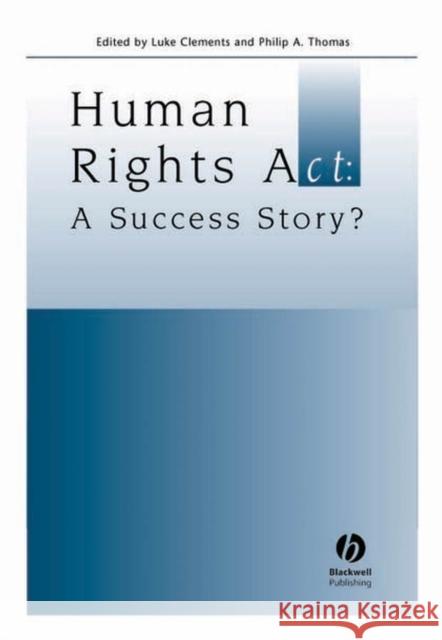Human Rights ACT: A Success Story? » książka
topmenu
Human Rights ACT: A Success Story?
ISBN-13: 9781405123754 / Angielski / Miękka / 2005 / 208 str.
This book seeks to examine the impact of the Human Rights Act legislation from the viewpoint of judges, lawyers, civil libertarians, politicians and academics.
- Investigation of the Human Rights Act since it came into force in 2000.
- Contributors include Sir Stephen Sedley, Thomas Mullen, Roger Smith and Lord Lester of Herne Hill.
- Offers insights and suggestions for developing a more effective, accessible and successful employment of the Human Rights Act.











